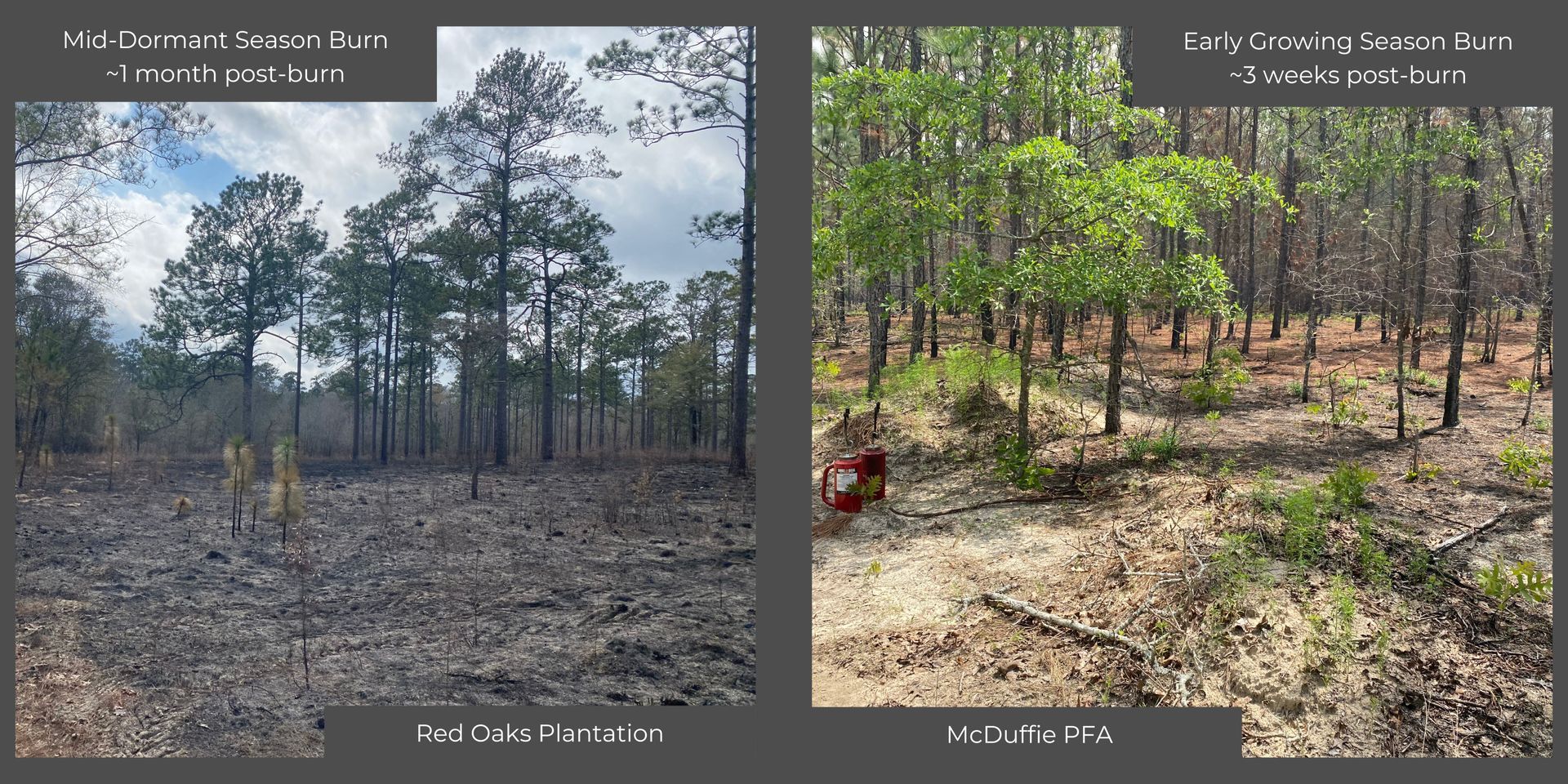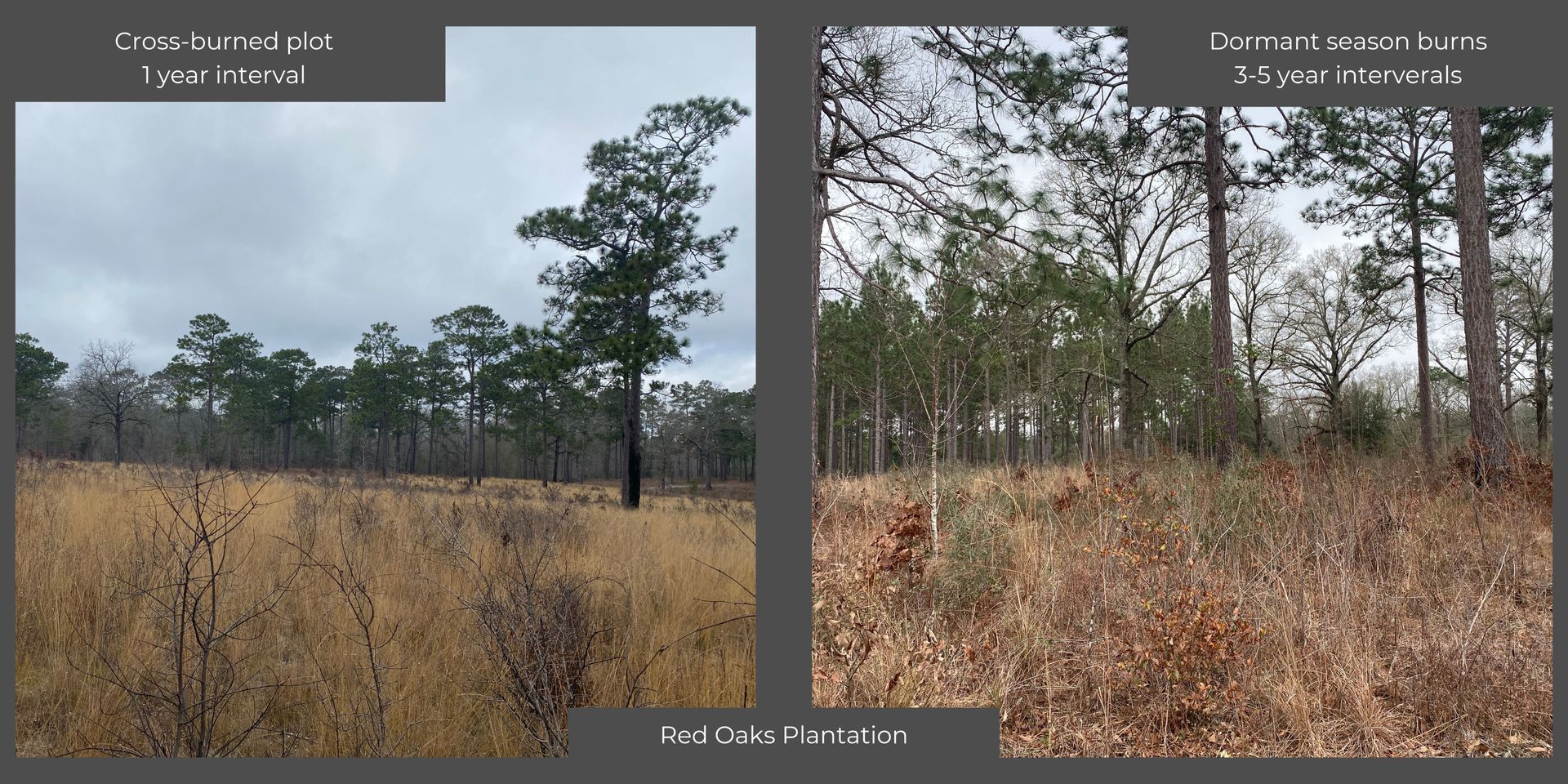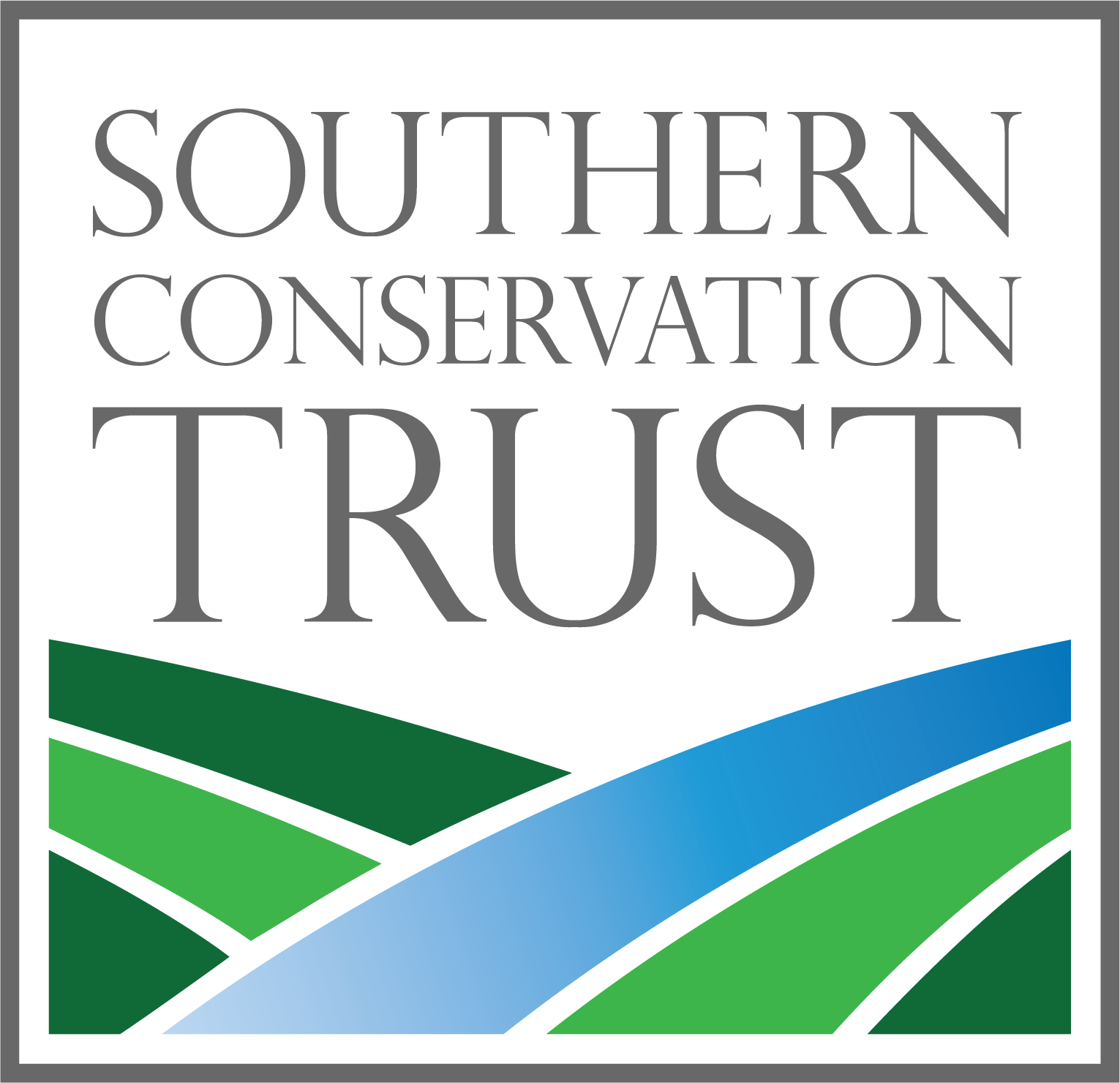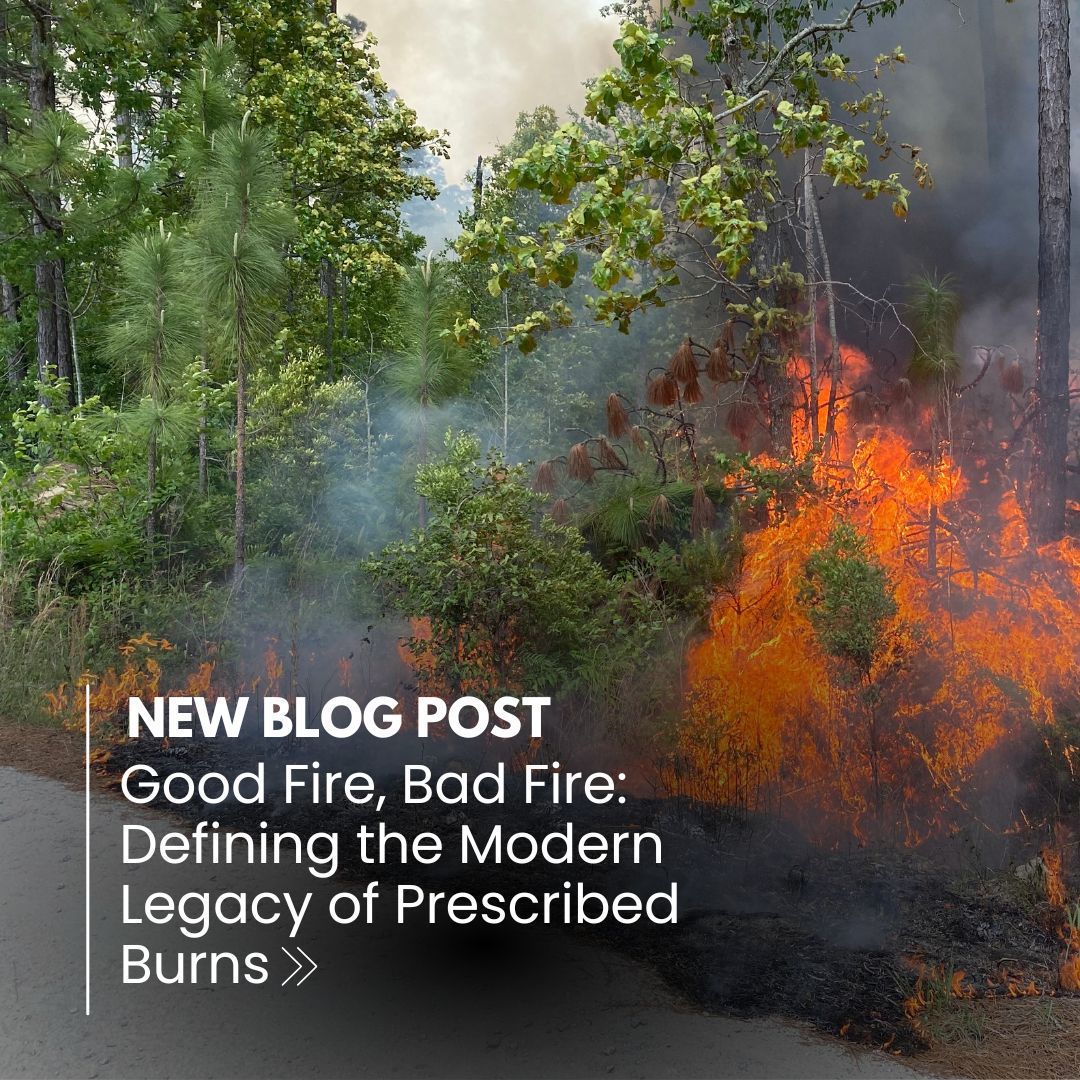The Five Seasons of Fire
We Didn’t Start the Fire:
Burn Unit 5
Written by: Paxton Caroline Hayes
Aerial photo provided by Red Oaks Plantation, all other photos taken by Paxton Caroline Hayes
Locations:
McDuffie PFA in Dearing, GA and
Red Oaks Plantation in Oakfield, Georgia
The Dormant Season
From late fall to early spring, cooler temperatures and dormant vegetation provide the conditions best suited for fuel-reduction burns. In Georgia, this is usually mid-November through early March. As fire moves through a dormant season landscape, above-ground vegetation is consumed while nutrients stored underground in root systems are left intact. This season of burning is used to maximize the growth of native species (such as wiregrass) and minimize the size of woody brush thickets (which include brambles and slash oaks) while maintaining plant biodiversity on a plot.
Due to the nature of this season of prescribed fire, special care must be taken to avoid significant erosion after the burn. Dormant season burns will stay “black” until the spring green- up (around the beginning of March in the Southeast). This bare ground not only has a higher chance of eroding but is unsuitable for most wildlife due to the lack of vegetation cover. In the pictures below, you can see that the dormant season burn plot has no regenerating ground cover a month after the burn, while the growing season burn plot already has significant growth three weeks later. The dormant season burn was considered a significant success since complete elimination of non-pine vegetation was the objective, and no erosion had occurred after multiple significant rainfall events.

The Growing Seasons
While dormant season burns are ideal for plots that are fuel-heavy, growing season burns can be better suited for wildlife management and ecological restoration objectives. These burns more closely resemble lighting-strike fires that historically occurred throughout the Southeast, aiding in co-evolutionary processes. Growing-season burns are also used to eliminate all fuel sources on a plot, when nutrients are above ground instead of in the root system.
The main logistical considerations when planning growing-season burns are temperature and access. Burn plots are more difficult to navigate and monitor while vegetation is abundant and fuel loads are higher. Ambient air temperatures exceeding 85 degrees Fahrenheit also can lead to more intense fires and a greater chance of heat-related illnesses for the burn team.
Late Spring (April in Georgia)
- Pro: Vegetation has the entire growing season to recover (lower chance for delayed mortality)
- Con: Weather is unpredictable, wildlife is nesting, and vegetation is more susceptible to heat damage due to less mature growth
Summer (May in Georgia)
- Pro: Best time to kill undesirable hardwoods
- Con: Lethal temperature levels are easier to reach (for vegetation that you want to survive)
Late Summer or Post-Harvest (September and October in Georgia)
- Pro: High temperatures will help dry out larger fuels
- Con: Smoke management will be more difficult due to the high amount of green fuels
Early Fall (November in Georgia)
- Pro or Con (depending on burn objectives): Damaged or scorched vegetation is most likely to die because they have no time to recover before the dormant season
Cross Burning
Land managers can also choose to “cross-burn” their plots, or conduct a dormant season burn one year and a growing season burn the next year. Some species, such as wiregrass, have co-evolved with fire in such a way that alternating growth-season burns are needed for the plant to germinate properly. Cross-burning also allows for land managers to take advantage of the fuel-reduction focus of dormant season burns and wildlife management objectives of growing season burns.
Below are two neighboring burn plots in a pine savannah ecosystem. The cross-burned plot has significantly less hardwood competition and thriving wiregrass. It is easy to see how the wiregrass in the other plot, burned every 3-5 dormant seasons depending on the vegetation’s growth-rate, is being outcompeted by hardwoods and other scrub-brush vegetation. This mosaic pattern of burning (or having neighboring plots on differing burn cycles) is needed for increasing habitat biodiversity and wildlife usage.

Press & Media Inquiries
Contact Us
About Southern Conservation Trust
At Southern Conservation Trust, we are passionate about elevating nature through exceptional stewardship. Based in Georgia, our 501(c)(3) public charity has successfully conserved over 65,000 acres of land across the Southeast, including five public nature areas in Fayette County and the Fayette Environmental Education Center. We believe that protecting our natural spaces is just the beginning; everyone should have equal access to enjoy the beauty of the outdoors. Join us in our mission to foster a deeper connection between people and nature. Learn more at www.sctlandtrust.org.











